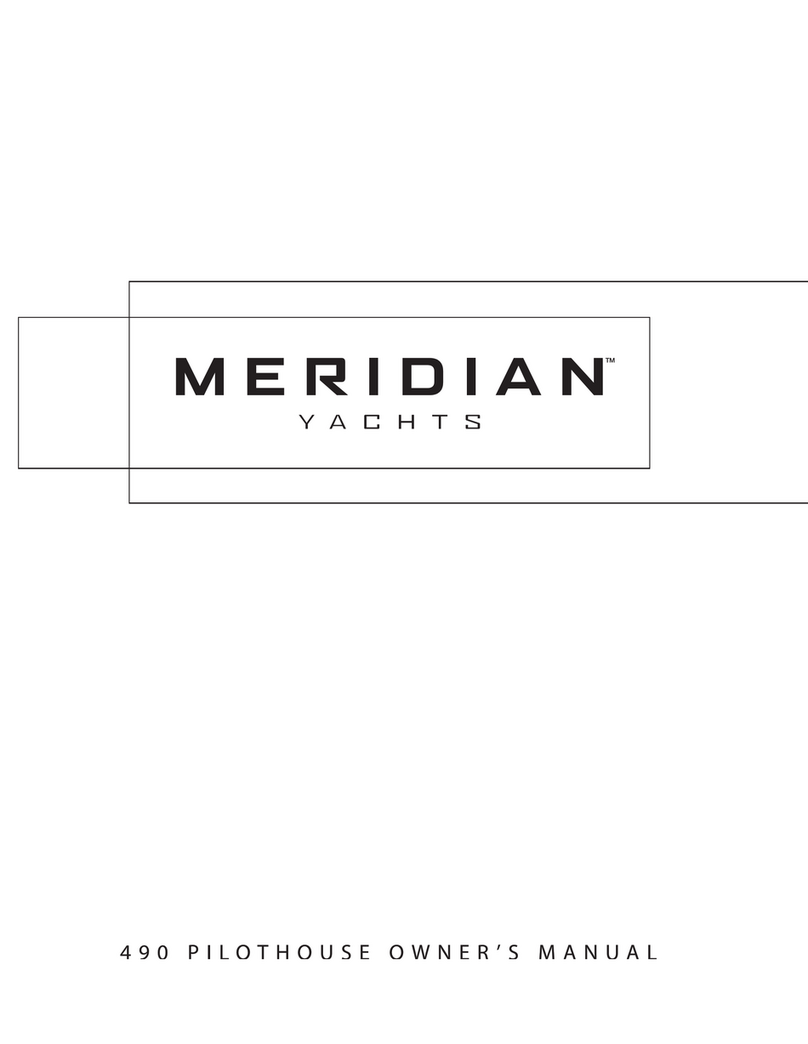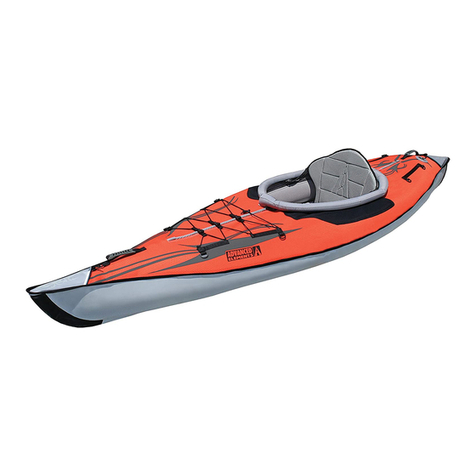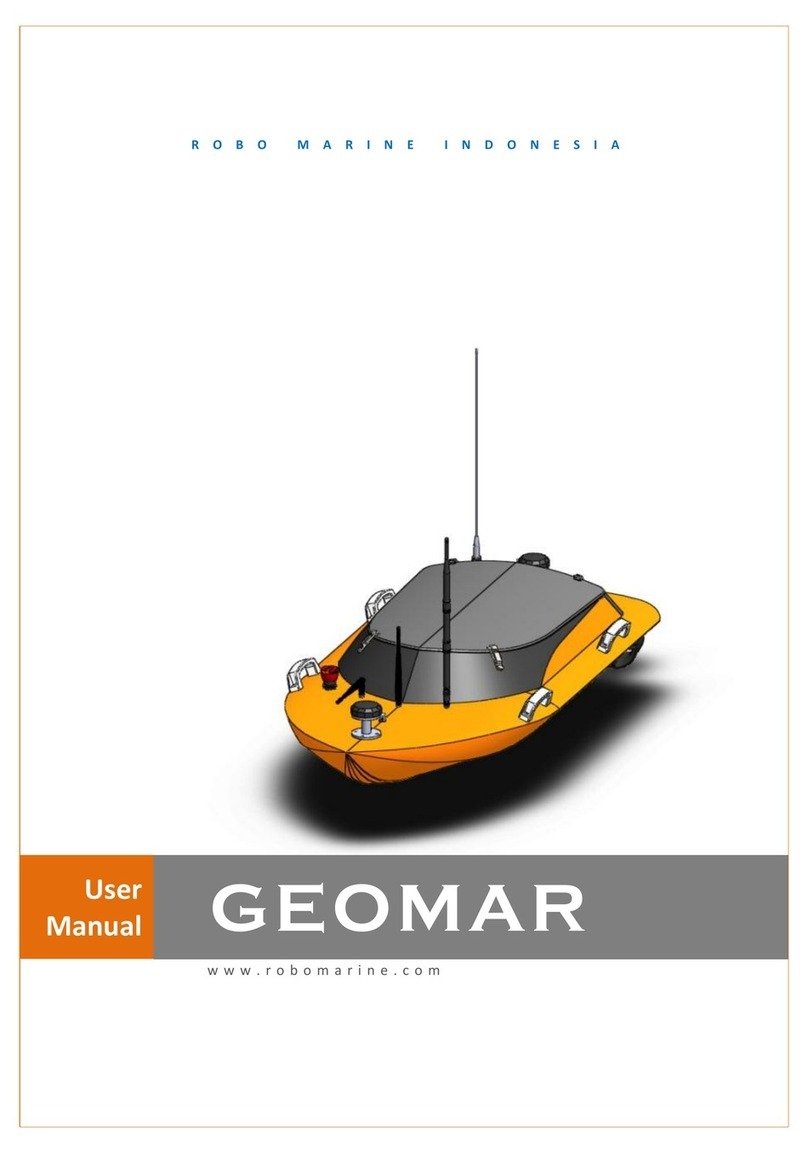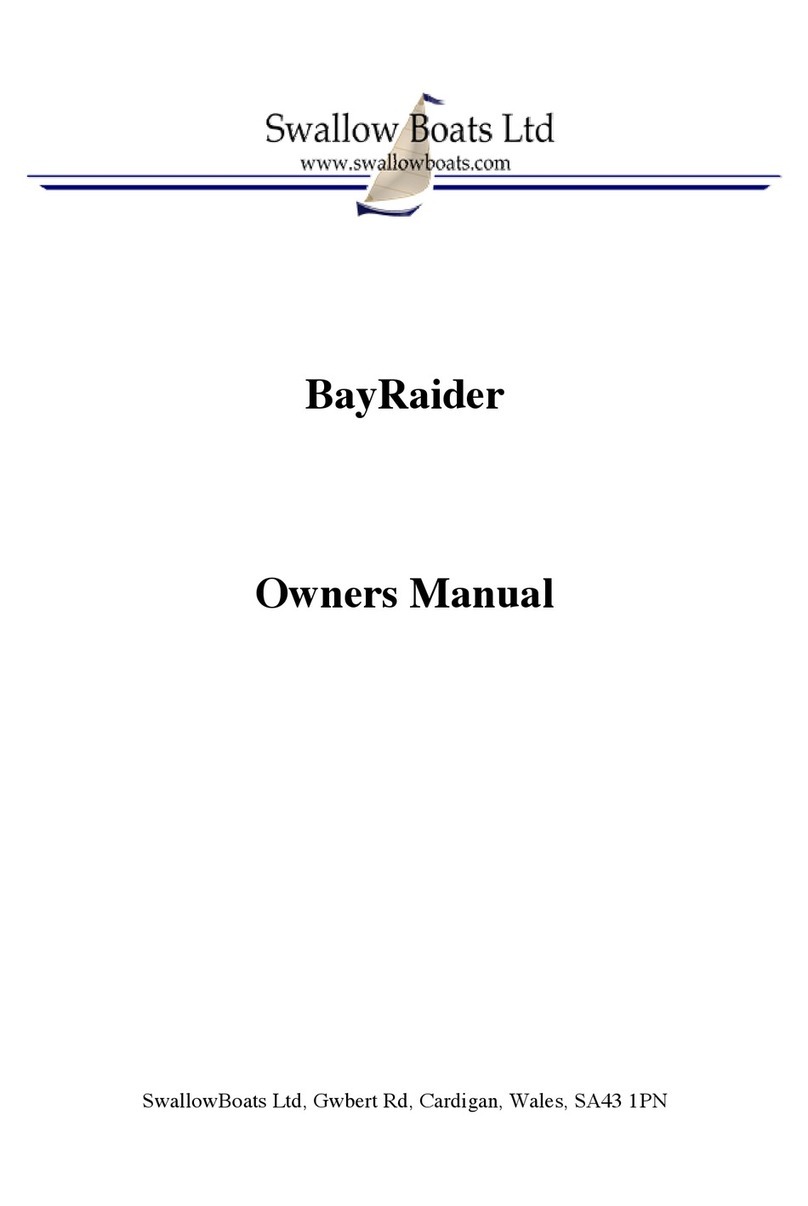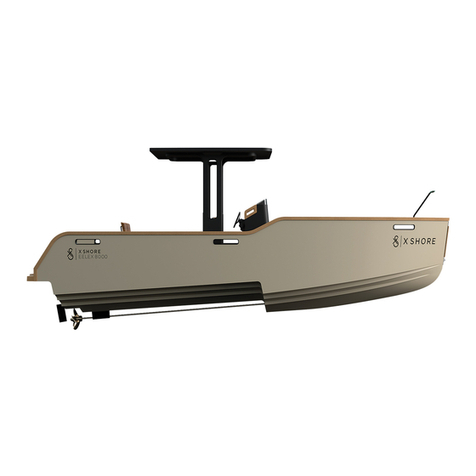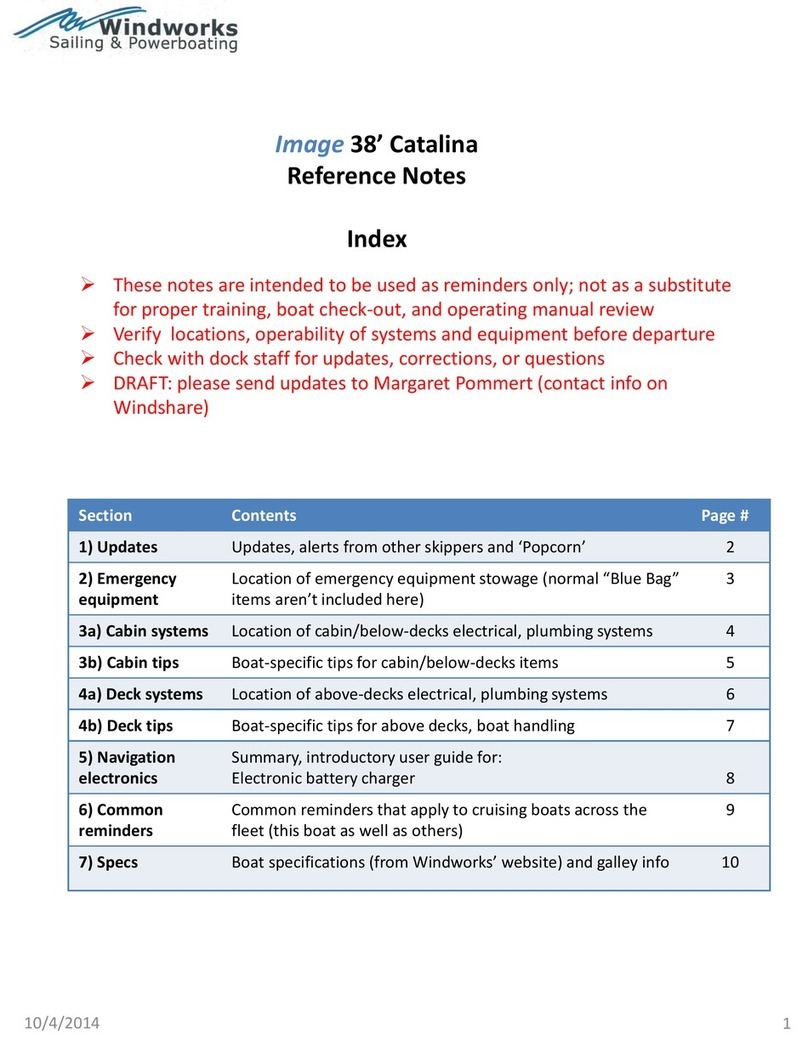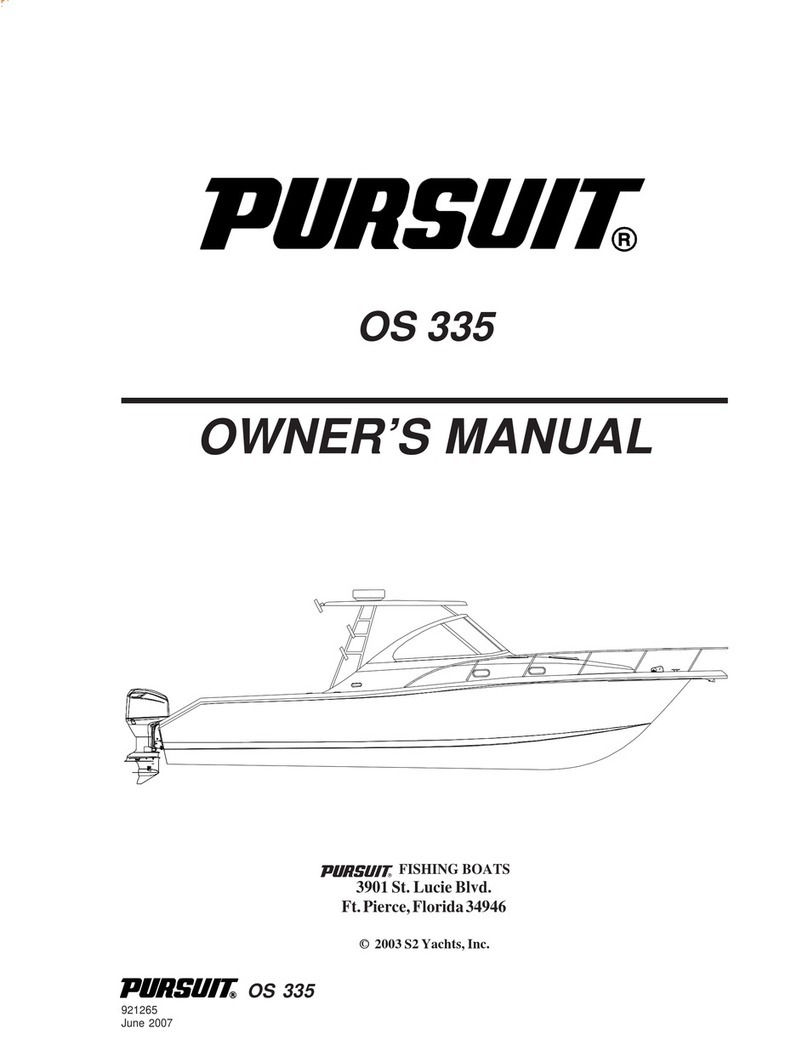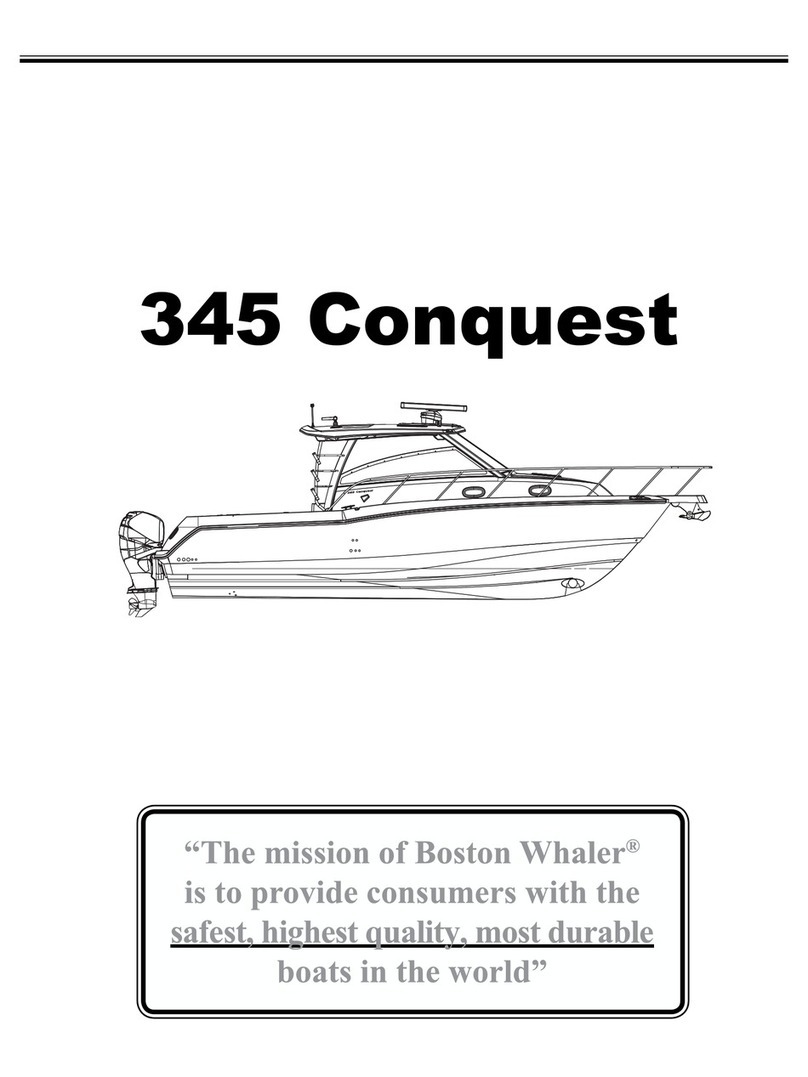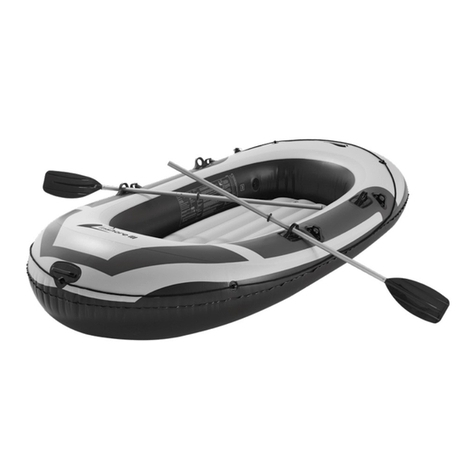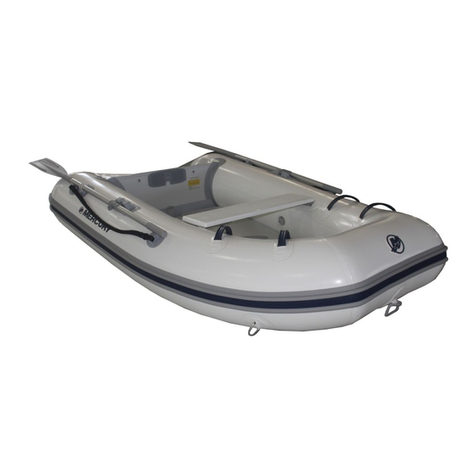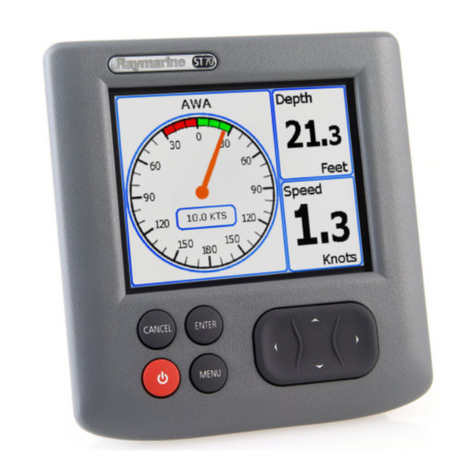
2
This manual has been created to help you to enjoy your craft in complete safety. It contains details of the craft, the equipment supplied or installed, its
systems and information on their use, adjustment and maintenance, as well as risk prevention and management. Please read it carefully and familiarise
yourself with the craft before using it.
This owner’s manual is not a course on safe sailing or marine practices. If this is your first craft or if you have changed for a type of craft that you are
not familiar with, for your comfort and safety ensure that you acquire experience in handling and using it before “taking command” of it. Your dealer, national
sailing or motorised nautical federation or yacht club will be only too pleased to advise you on sailing schools or competent instructors in your region.
Ensure that the wind and sea conditions forecast are suitable for the design of your craft, and that your crew and yourself are capable of handling it
safely in these conditions. Even when your craft is categorised for them, the sea and wind conditions corresponding to design classes A, B and C vary from
strong gales for class A to severe conditions for the top of class C, subject to the dangers of abnormal waves or gusts. These are therefore dangerous
conditions in which only an experienced, fit and trained crew, manoeuvring a well-maintained craft, can sail satisfactorily.
This owner's manual is not a detailed maintenance or troubleshooting guide. In case of difficulty, contact the builder or his agent. If a user manual is
provided, use it for maintenance of the craft. Always use an experienced and competent professional for servicing, repair or making modifications.
Modifications that may affect the safety characteristics of the craft must be assessed, carried out and documented by skilled persons. The manufacturer of the
craft may not be held responsible for modifications that have not been approved.
In certain countries, a skipper’s licence or permit may be required or special regulations may apply. Local road transport requirements may also apply.
Always keep your craft well maintained and do not neglect the wear and tear that occurs over time or, where applicable from intensive or inappropriate
use. No matter how strong the craft is, it may be severely damaged if it is not used correctly. Inspect the craft regularly, especially after any type of suspected
damage. Always adjust your speed and the direction of the craft to the sailing conditions. If your craft is equipped with a life raft, read its instruction manual
carefully. The crew must have all of the required safety equipment on board (life jackets, harnesses, etc.) corresponding to the type of craft, the weather
conditions, etc. This equipment is mandatory in certain countries. The crew must be familiar with the use of all of the safety equipment, and the emergency
safety procedures (man overboard, towing, etc.). Sailing schools and clubs organise regular training sessions.
It is recommended that all persons wear suitable buoyancy equipment (life jackets, buoyancy aids, etc.) when they are on deck. It should be noted that
in certain countries, personal buoyancy equipment must be worn at all times in compliance with national regulations.
I - INTRODUCTION
PLEASE KEEP THIS MANUAL IN A SAFE PLACE AND PASS IT ONTO THE NEW OWNER IF
YOU SELL YOUR CRAFT.

